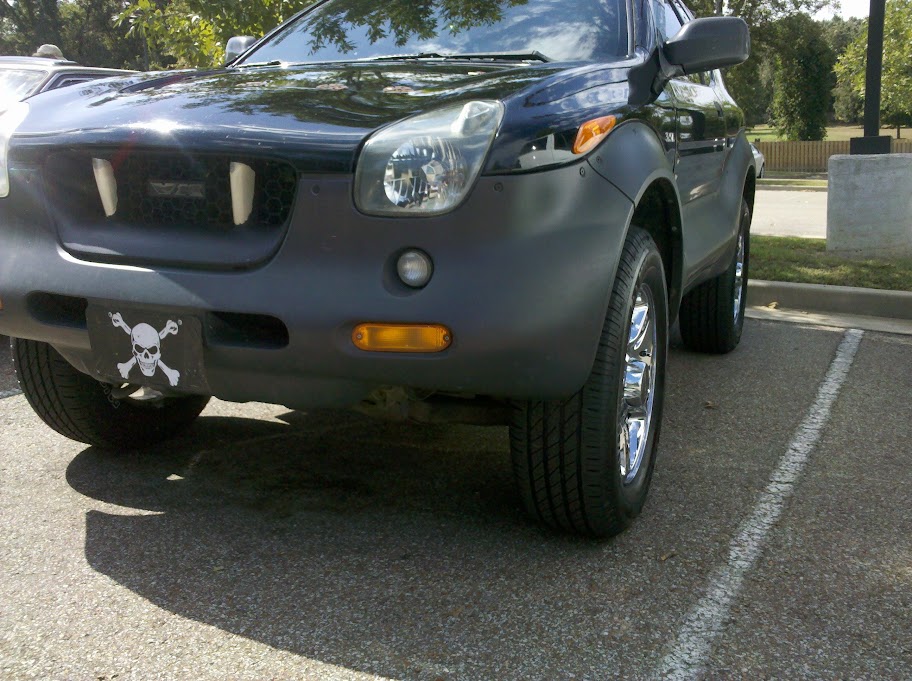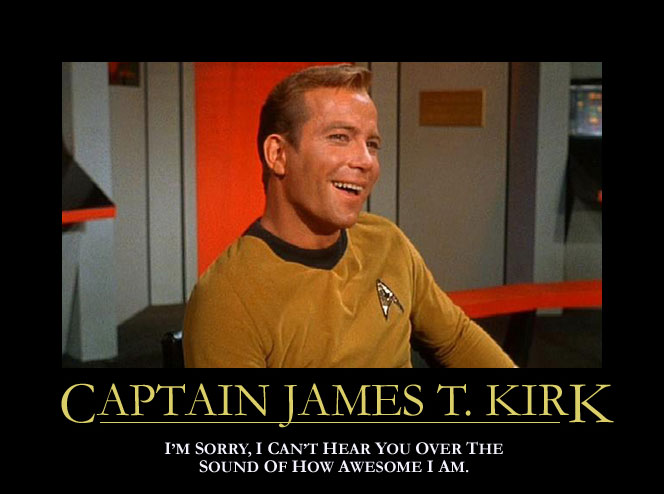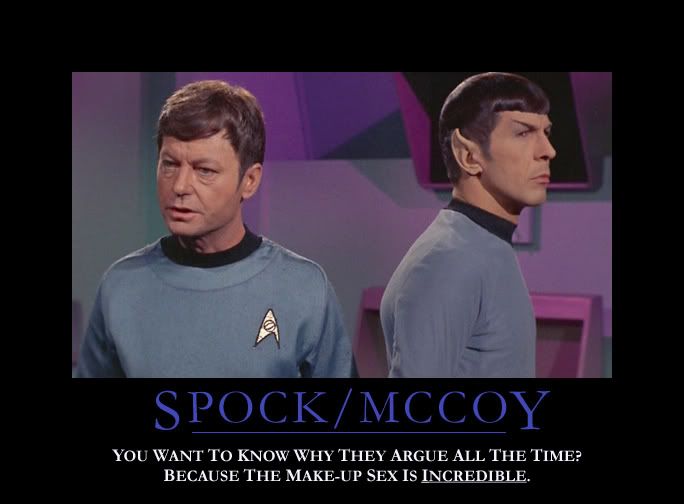toast, nice choice of tire.. they are great tires
circ, if i was trying to sell him tires sure your theory would hold water, but what do I have to gain from Toast buying 2 or 4 tires? and sure im sure the reps were trying to get me to sell more tires, but its the same as any sales pitch, if you go and buy brand new TV, the salesman will probably try to sell you new cables and maybe a new DVD player. is it a waste of money to buy these things? possibly. but you will also use many more features of that new tv with a new dvd player as opposed to a 3 year old one. you have to decide whether or not you will benefit from the purchase.
Our factory dueler HTs come with 11/32 of tread.. to be at 40% of useable tread remaining on the tire his tread depth would have had to have been around 5-6/32. Any snow tire has its wear indicators at 6/32 of tread... ie even at that depth dedicated snow tires dont work in the snow!.
here is another video showing stopping distances with worn tires
http://www.metacafe.com/watch/249831...h_do_you_need/
is putting two tires on a toyota camry going to hurt the car? no.
but on an AWD you bet it will over work the transfer case in rain and snow.
the vx responds negatively to variation of 4-5 psi of pressure in tires. you think little pressure difference will change the size of a tire by 1/3 of an inch? it doesnt, but having a tread depth difference of 5/32 does. at that difference the new tires are traveling a full inch farther per rotation than the worn ones





 Reply With Quote
Reply With Quote thanks for all the extra info as well everyone!!
thanks for all the extra info as well everyone!!





